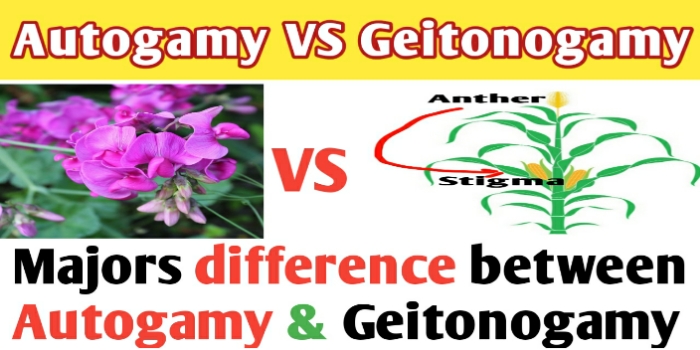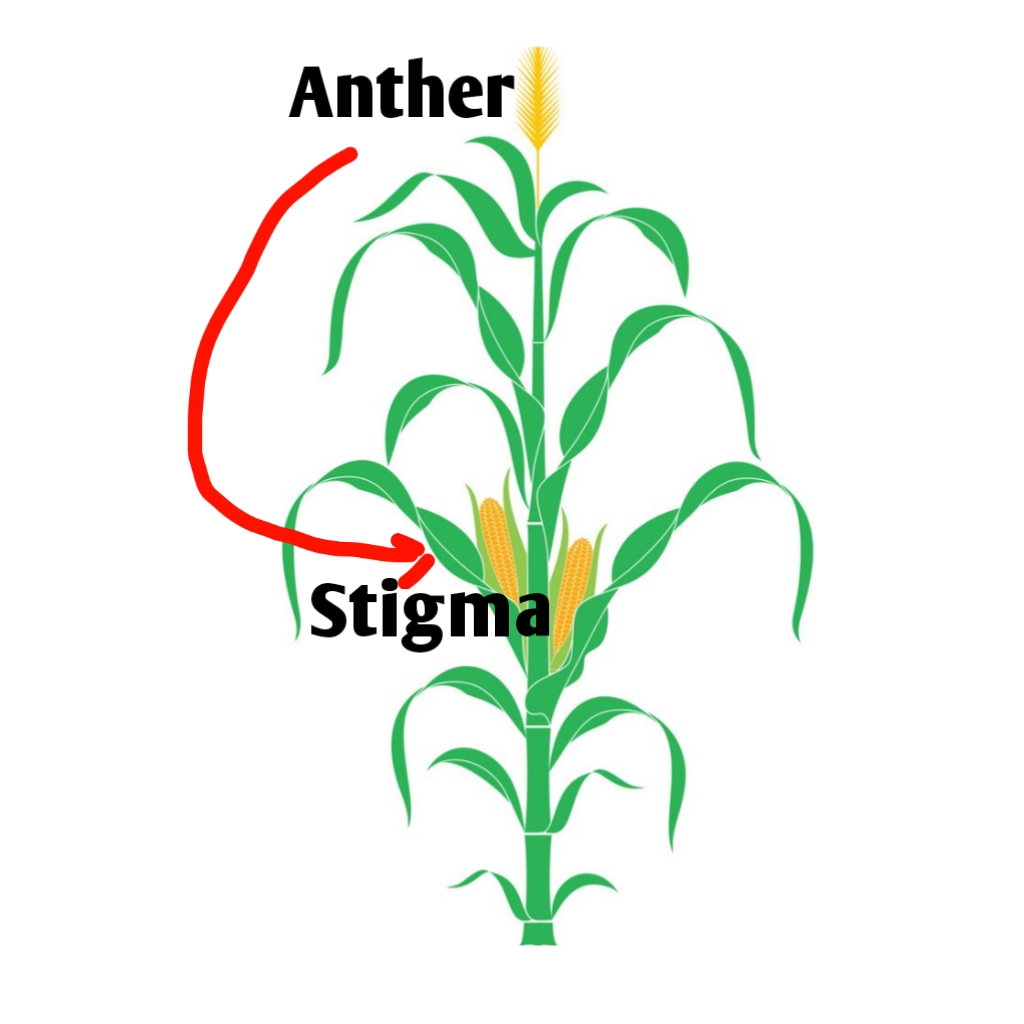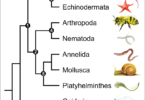Autogamy and geitonogamy difference | Autogamy | Geitonogamy | what is autogamy examples | what are examples of geitonogamy | what are types of autogamy | comparison/ distinguish between autogamy and geitonogamy
Autogamy and geitonogamy are types of self pollination needed for double fertilization in flowering plants. Autogamy generally represents the transfer of pollen grains from the anther to the stigma of within same flower whereas geitonogamy generally represents the transfer of pollen grains from anther to stigma of another flower of same plants.

Autogamy and geitonogamy difference | Autogamy | Geitonogamy
As we know in flowering plant reproduction there is union of haploid ovule with haploid pollen grain to form diploid zygote, how the the Pollen Grain reach to embryo sac for reproduction in flowering plant, pollen Grain reach to embryo sac by itself or need pollinating agent by various means of animals, insects, Birds, water, bats and wind.
What is autogamy and its examples
Autogamy is type of self pollination which are made of Union of two Greek words, Auto + gamy, Auto means “self” and gamy means “marriage” or “union“. It means autogamy is “self marriage” or “self union” in which female gamete ovule and male gamete pollen grain are united and fused to form zygote that comes from same flower.
Autogamy is a type of self pollination wherein pollen grains from anther of flower are transferred to the stigma of same flower.
Autogamy is define as transfer of pollen grain by itself from anther to stigma within same flower of same plant, it does not needs external pollinating agents and generally produce identical offspring. Examples of autogamy is sunflower, orchids, pea and tridex.
What is geitonogamy and its examples
Geitonogamy is also a type of self pollination, it is combination of two Greek word geitono + gamy, “geitono” means “neighbour” and “gamy” means “marriage” or union. In another word geitonogamy means marriage with neighbouring flower or pollination takes place between neighbouring flower.
Geitonogamy refers to pollination of pollen from anther of one flower to stigma of other flower, borne on the same plant, it is a type of self pollination between genetically similar but physically different flowers, geitonogamy is type of cross pollination wherein pollens from one plant are transferred to stigma of flower borne on different plant of same species.
Geitonongamy is define as transfer of pollen grain from anther to stigma of ecological different flowers of same plant by help of pollinating agents, it needs pollinating agents and it is functionally cross pollination. Examples of geitonogamy is corn, maize, squash, onions, broccoli and etc.
How does autogamy differ from geitonogamy? major difference between autogamy and geitonogamy is that, autogamy is transfer of pollen grain by itself from Anther to stigma within same flower of same plant on other hand geitonongamy is transfer of pollen grain from anther to stigma of ecological different flowers of same plant by help of pollinating agents.
How do you distinguish autogamy from geitonogamy? you can distinguish autogamy from geitonogamy in following points- 1) Autogamy pollination takes place within same flower while geitonogamy pollination takes place between different flower of same plant, 2) Autogamy does not need pollinating agents while geitonogamy needs pollinating agent, and 3) autogamy is self pollination while geitonogamy is functionally cross pollination.
How do you compare autogamy and geitonogamy?, you can compare like this, autogamy is transfer of pollen grain by itself from Anther to stigma within same flower of same plant on other hand geitonongamy is transfer of pollen grain from anther to stigma of ecological different flowers of same plant by help of pollinating agents.
◆ Follow me on YouTube
◆ VISIT ON OUR YOUTUBE CHANNEL BIOLOGY SIR FOR MORE VIDEO
◆ WATCH THIS VIDEO
Autogamy and geitonogamy difference
This question is very important for class 8th, 9th, 10th, 11th and 12th students those who are preparing for their annual board and other competitive examinations.
Regarding this, “what is the difference between autogamy and geitonogamy”, autogamy is transfer of pollen grain by itself from Anther to stigma within same flower of same plant and geitonongamy is transfer of pollen grain from anther to stigma of ecological different flowers of same plant by help of pollinating agents.
List 3 main difference/ comparision/ distinguish/ autogamy vs geitonogamy/ differentiate between autogamy and geitonogamy are following:-
1) Autogamy is type of self pollination which are made of Union of two Greek words, Auto + gamy, Auto means “self” and gamy means “marriage” or “union”. It means autogamy is “self marriage” or “self union” whereas geitonogamy is also a type of self pollination, it is combination of two Greek word geitono + gamy, “geitono” means “neighbour” and “gamy” means “marriage” or union. In another word geitonogamy means marriage with neighbouring flower or pollination takes place between neighbouring flower.
2) Autogamy is a type of self pollination wherein pollen grains from anther of flower are transferred to the stigma of same flower while geitonogamy refers to pollination of pollen from anther of one flower to stigma of other flower, borne on the same plant.
3) Autogamy do not need pollinating agent for pollination while geitonogamy need pollinating agent for pollination
4) Autogamy is self pollination while geitonogamy is functionally cross pollination.
Important features and characteristics of Autogamy
◆ Autogamy:-
1) Autogamy is type of self pollination which are made of Union of two Greek words, Auto + gamy, Auto means “self” and gamy means “marriage” or “union”. It means autogamy is “self marriage” or “self union”.
2) Autogamy is a type of self pollination wherein pollen grains from anther of flower are transferred to the stigma of same flower.
3) its do not need pollinating agent for pollination
4) its flower is may be brightly coloured or colourless
5) open flower is chasmogamy and closed flower is cleistogamy.
6) in this type of pollination it has low biological fitness because pollination takes place within same flower.
7) genetical, physical, ecological and according to function it is self pollination.

Geitonogamy pollination in corn flower
Important features and characteristics of geitonogamy
◆ Geitonogamy:-
1) Geitonogamy is also a type of self pollination, it is combination of two Greek word geitono + gamy, “geitono” means “neighbour” and “gamy” means “marriage” or union. In another word geitonogamy means marriage with neighbouring flower or pollination takes place between neighbouring flower.
2) Geitonogamy refers to pollination of pollen from anther of one flower to stigma of other flower, borne on the same plant.
3) its need pollinating agent for pollination
4) its flower is mostly brightly coloured to attract pollinating agent
5) geitonogamy have no types.
6) in this type of pollination it has more biological fitness than autogamy because pollination takes place between different flower.
7) genetical it is self pollination because pollination takes place between different flowers which are born on same plant but physical, ecological and according to function it is cross pollination because they need pollinating agent for transfer of pollen grain anther to stigma different flowers.






Leave a Comment